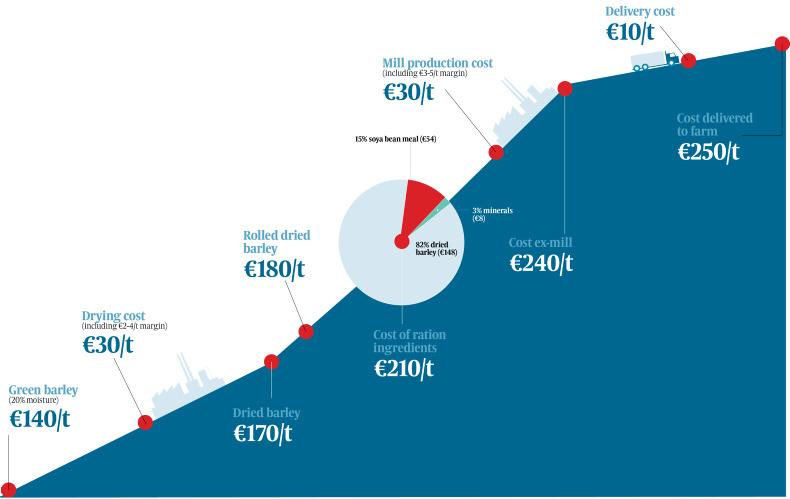
Many grain growers ask how one tonne of barley at €140 ends up as €250 feed. Firstly it is important to understand that the green price of grain in Ireland is set based on the dried grain price landed at an Irish port. This is determined by the global price of dried grain plus freight, duties and insurance. This global price is influenced by economic forces of supply and demand and ultimately weather.
By adding discharge and transport and then subtracting drying costs, the green price (20% moisture) can be determined.
For safe storage and to preserve quality, grain must be dried to below 15% moisture.
Drying includes two costs – the cost of drying and weight loss. The industry accepted norm for drying including a 2-3% (€2-4/t) margin is €30/t.
As can be seen from the diagram, taking barley with a green price of €140/t, and drying towards 14%, sees that grain costing €170/t.
Firstly, there is the option to simply feed rolled barley. Rolling costs €10-12/t
Buying barley as a feed ingredient costs €180/t.
Alternatives to drying using acid or other products may cost less and can still involve rolling.
A typical beef ration has a minimum 14% crude protein. With barley typically 9-11% protein, in order to increase the protein level, soyabean meal (typically 48% protein) is added at a rate of 15%. At a cost of €360/t delivered to a feed mill, this works out at €54/t.
But if 15% soya is added, 15% barley or €27/t must come out. Similarly around 3% minerals must be added at a cost of €8/t and 3% or €5/t barley must come out.
The net effect is the ingredients for the ration now cost €210/t, with barley costing €148/t in this particular example. However the mill has overheads such as depreciation, finance, insurance, labour and must make a margin.
This would typically be €30-35/t including a 1-2% (€3-5/t) margin. Delivery cost to farm depends on distance and ranges €5-10/t for bulk with bulk blown costing a further €5-8/t.
Once all these costs are taken into account the on-farm ration price is now €250/t, some €110/t more than the green price but a much different product, with less moisture, higher protein and added minerals. The feed mill profit margin is a wafer thin 1-2% driven down by competition in the chain at grain buying, drying and milling processes. Given the investment (in capital and working capital to farmers) and risk involved, this is the minimum acceptable to ensure continued investment.





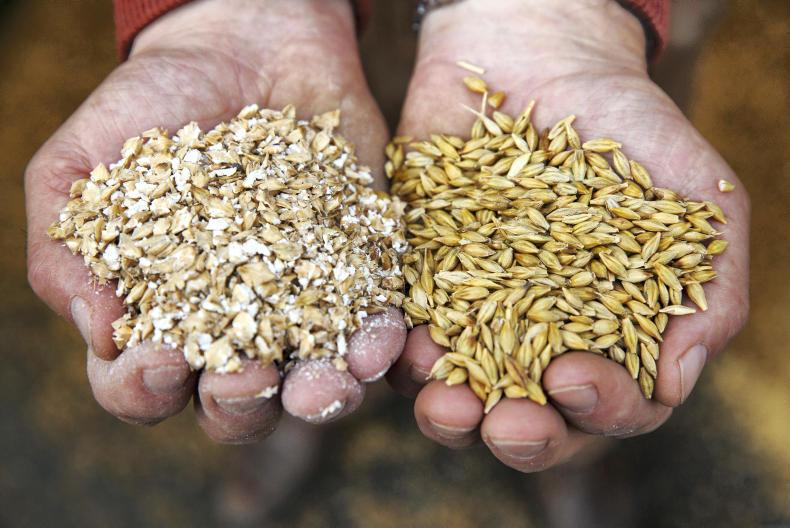
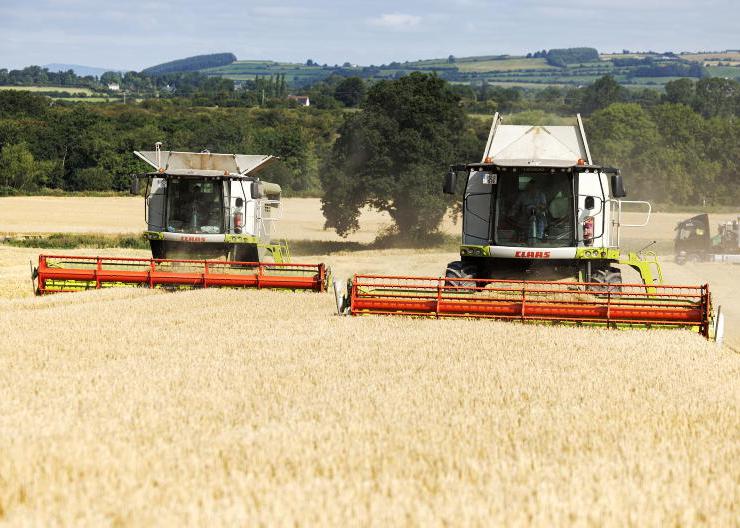

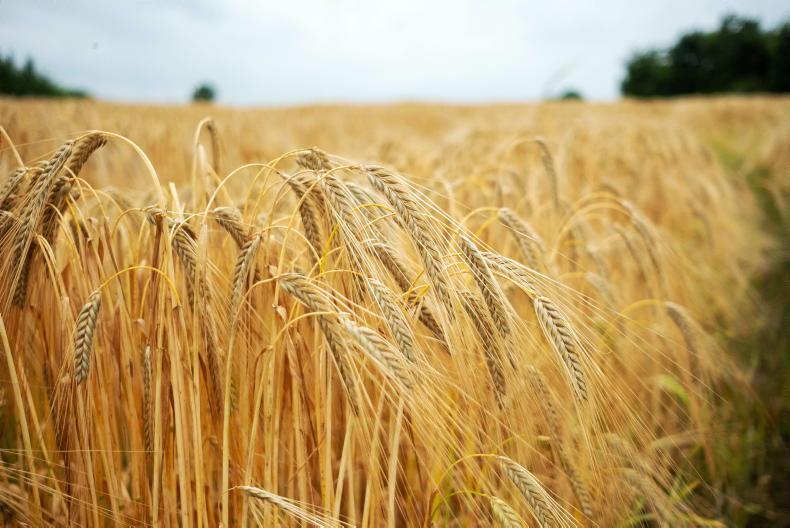
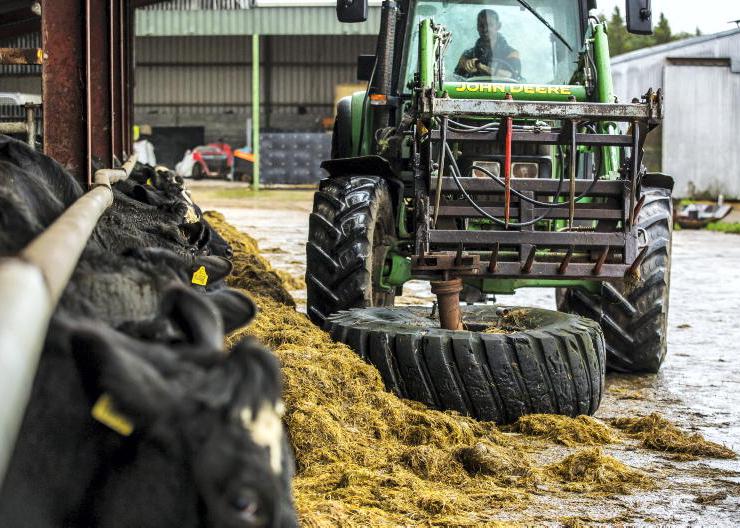
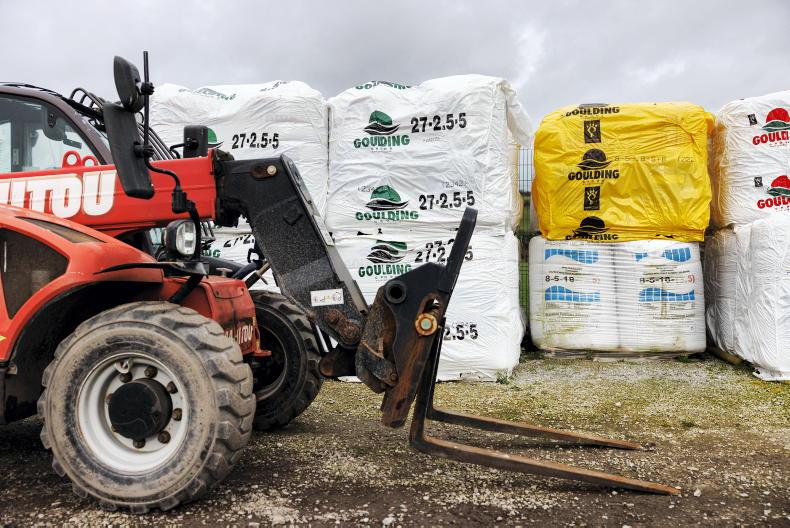
SHARING OPTIONS